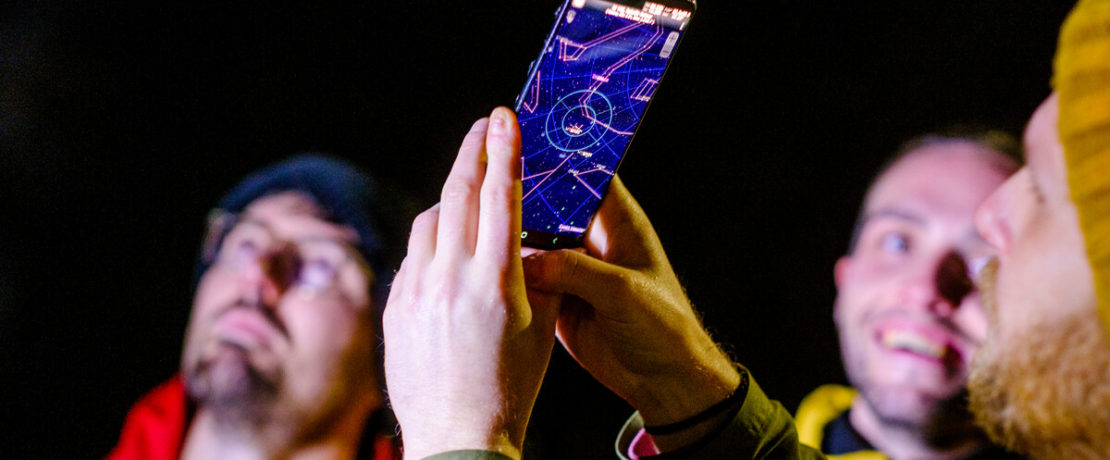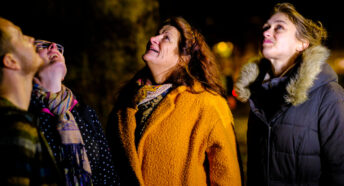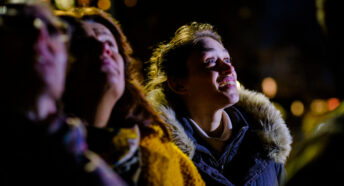Star Count 2023 to take place between 17-24 February
Our annual star-counting project takes place between 17-24 February. Want to take part? Read on to find out how.
At CPRE, we’ve long campaigned for dark skies, as we believe that truly dark skies are one of the most beautiful things the countryside can offer. But, light pollution is a huge blight on our night skies. It seriously disrupts wildlife, affects our sleep cycles, and excess lighting contributes to carbon emissions.
Each year, we run a star-counting citizen science project called Star Count, and it’s back for 2023! Between 17-24 February, we ask that you count all the stars you can see in the Orion constellation. We then use these results to map and track light pollution trends across the country. You can read our 2022 report here.
How to take part
With almost 2,000 people having signed up overnight, this year’s Star Count is shaping up to be a huge event! You can take part by signing up here. You don’t need any special equipment, like a telescope – it’s all done with the naked eye. Plus, we’ll provide extra guidance, news and tips so that you can get the most out of it.
Star Count is a great activity whether on your own, with friends or with family. We’ve even created a Star Count activity pack for kids aged five and up. Don’t worry, you don’t need to go out of your way. You can take part at your local green space, your garden, or even just out your window (but be sure to switch all your lights off first!)








